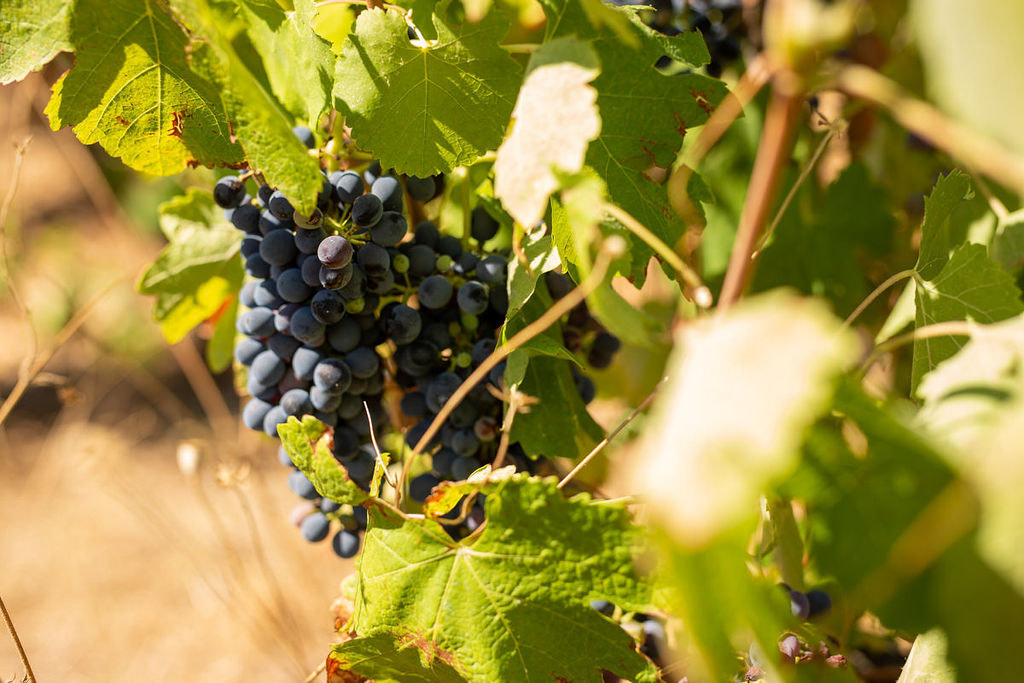The secrets behind Eclipse Blanche, our blanc de noirs
Last week, we unveiled our latest creation, Éclipse Blanche, a white wine made from black grapes (which is called a “blanc de noirs”). This may have intrigued you: why the desire to create this type of wine? How was Éclipse Blanche made? What role did the three winemakers play? This article is here to answer all your questions.

Éclipse Blanche was born of the desire to offer an incomparable wine that perfectly reflects the bold, innovative spirit of DIVINEO. And to open up new worlds of sensations, there’s nothing better than turning to a very unusual style of wine, especially for a still wine: blanc de noirs.
HOW IS A BLANC DE NOIRS MADE?
Most black grapes have white juice. This is the case with Grenache noir, from which Éclipse Blanche is made. The color pigments (called anthocyanins) are only contained in the skin. When making red wine, these pigments color the juice as they macerate and ferment together, before being pressed. To obtain a blanc de noirs, contact between skin and juice must be limited. So, the pressing stage must come first, to separate them as quickly as possible. This must be done very gently to prevent the juice turning red or pink.
The resulting juice is then vinified and aged in exactly the same way as a white wine. But it retains a particular structure and style because of its origin. All this requires a great deal of precision and expertise.

WHAT ROLE DID THE THREE WINEMAKERS PLAY IN MAKING THIS BLANC DE NOIRS?
For Éclipse Blanche, we added an extra challenge: to create it not with four hands like our other cuvées, but with six. Clodéric Prade, our Languedoc winemaker, grew the Grenache Noirs, which then traveled to Burgundy. There, they were divided between Julien Petitjean and Nicolas Perrault, who vinified them separately. Then, after a year and a half’s ageing, they blended their cuvées to produce a complex wine, a unique blend of talents and regions. Nicolas Perrault (Domaine Nicolas Perrault, Dezize-les-Maranges) signs his first cuvée for DIVINEO.
DIVINEO, four-handed creations




